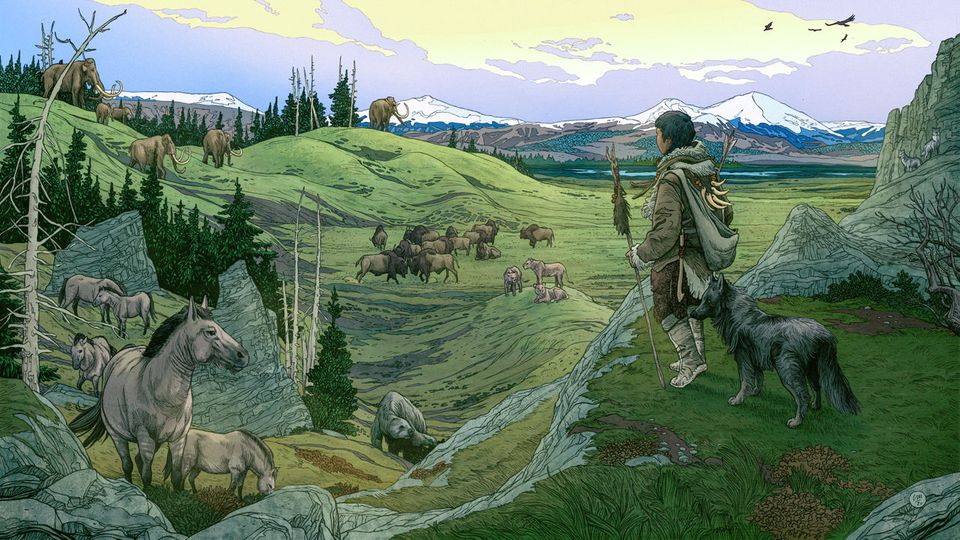evolution
Asteroid killed the dinosaurs, then flowers took over the planet
Flowering plants, of all things, survived the dinosaur apocalypse.
© Getty Images
After the dinosaurs, an era of “flower power” began. Flowering plants survived the asteroid impact best, and after the mass extinction that followed, they conquered the earth.
“After most species on Earth became extinct, angiosperms took advantage, much like the mammals that took over after the dinosaurs. Today, virtually all life on Earth depends on flowering plants,” said the study’s lead author, Jamie Thompson.
Flowering plants took advantage of the disaster
The scientists examined the genetic information of the most important lineages of flowering plants. They emerged in the early Cretaceous period and lived in the shade of older groups such as conifers and ferns. But when these died, they quickly diversified. Some flowering plants died out with the dinosaurs and marine reptiles, but the larger lineages of flowering plants survived the catastrophe.
Sequencing DNA makes it possible to reconstruct the “history” of a species. Flowering plants have evolved consistently over time, there is a stable extinction rate and no evidence of mass extinctions. Most flowering plants emerged before species extinction. The ancestors of orchids, magnolias and mint already lived at the time of the dinosaurs. After they died out, they took advantage of the gaps and spread. “Flowering plants have a remarkable ability to adapt: they use a variety of mechanisms for seed dispersal and pollination, some have duplicated their entire genomes and others have developed new ways of photosynthesis,” said study co-author Santiago Ramírez-Barahona.
Their adaptability will have helped them. Flowering plants are pollinated by insects and wind. When the world stabilized again after the catastrophe, flowering plants invaded the now free ecosystems. Their bloom also led to the creation of the first rainforests. Today almost 80 percent of all land plants are angiosperms.
Source: Biology Letters; Discover




